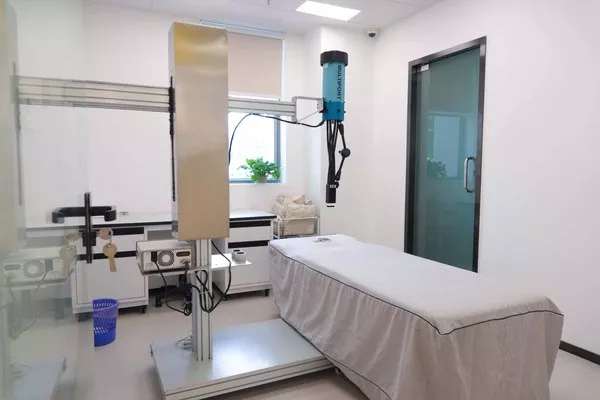Preservative efficacy test (PET), also known as antimicrobial effectiveness testing, is usually carried out to find out if the preservatives used in products can maintain the ability to inhibit microorganisms.
Preservatives guarantee customer safety and help to boost the products shelf-life by inhibiting the growth of microorganisms that were unknowingly introduced into the product while the cosmetic was being manufactured or during repeated use by the consumer. Without preservation, most cosmetics won't last for a long time leading to contamination by microorganisms such as bacteria, fungus yeast, and mold, which could cause allergic reactions, skin irritation, infections, and more.

How Preservative Efficacy Test Works
Preservative Efficacy Test (PET) works by assessing the performance of the preservatives present in the cosmetic products, ensuring that the chosen preservative is appropriate for a product formulation. It also works as part of a stability study to verify whether a preservative system is still valid up to the expiration date of a product.
Cosmetic products are exposed to certain microorganisms and evaluated at different time intervals in the course of the Preservative Efficacy Test. Any of the products that the growth of microbiological contaminants will be reformulated, by adjusting the pH of the product to make it unsuitable for microbes.
Studies have shown that the most common microorganisms found in cosmetics include:
· Escherichia Coli
· Burkholderia Cepacia
· Enterobacter Gergoviae
· Serratia Marcescens
· Pseudomonas Aeruginosa
· Klebsiella oxytoca
· Staphylococcus Aureus
· Candida Albicans
Types of Preservative Efficacy Testing
All formulated cosmetic products must be tested before market launch. The result of the test is essential in determining the safety of cosmetic products ensuring they are adequate for consumer use.
The FDA expects cosmetics to be free of pathogenic microorganism contamination and have a low density of non-pathogenic organisms. Though, there is no specification on the level of density given. Due to this, the cosmetic industry generally follows the guidelines of the Cosmetic, Toiletry, and Fragrance Association (CTFA), now called the Personal Care Products Council (PCPC), with regards to the level of microbial contamination and pathogen absence.
Because of the unique requirements and set up of the Preservative Efficacy Test, cosmetic testing is usually done in a dedicated laboratory.
Some of the test methods used for PET criteria includes:
· Personal Care Products Council (PCPC) test method.
· European Pharmacopoeia test method.
· International Organization for Standardization (ISO) test method.
· U.S. Pharmacopoeia <51> Antimicrobial Effectiveness Testing.
Although these methods are similar, each one has different criteria to guarantee microbiological product stability and in turn, safety.
Get Help with Preservative Efficacy Testing Needs At Landproof
Landproof is the recognized provider of professional, organized, and extensive cosmetics testing services, which include the design of test schemes, operation and implementation data, and research data analysis.
They keep to the "scientific and rigorous, fair and accurate, high-quality and efficient" concept, by improving consistently on technical innovations, human resource training, and a commitment to providing human safety and efficacy testing solutions that meet modern demands.
Their tests are supported by several teams working together from start to finish. They include the technical team, the medical affairs team, the QA team, and the R&D team. Besides, there are two full-time dermatologists, and they work with doctors and experts such as part-time dentists, pediatricians, epidemiologists, microbiologists, ophthalmologists, and experts in molecular biology.
This is Arifur Rahman. Who is a professional SEO Specialist & Blogger. He has been working in this sector since 2015. He loves to share his stories, tips, tricks and teach the online readers
Post new comment
Please Register or Login to post new comment.